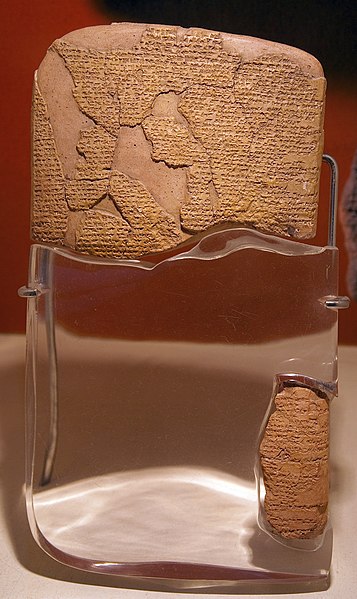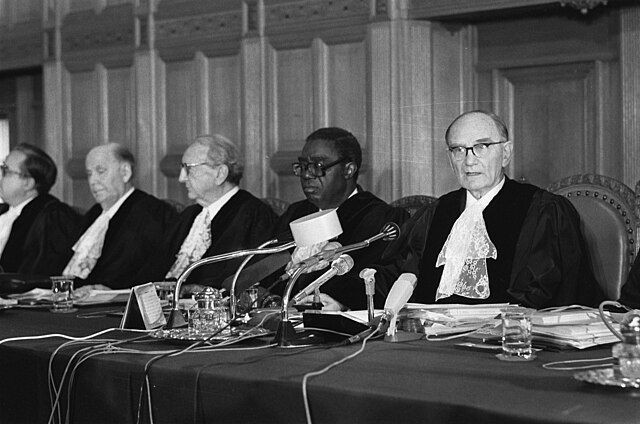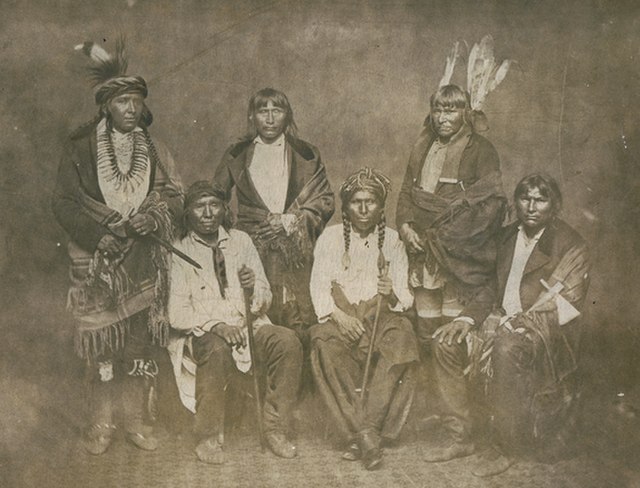The Numbered Treaties are a series of eleven treaties signed between the First Nations, one of three groups of Indigenous Peoples in Canada, and the reigning monarch of Canada from 1871 to 1921. These agreements were created to allow the Government of Canada to pursue settlement and resource extraction in the affected regions, which include modern-day Alberta, British Columbia, Manitoba, Ontario, Saskatchewan, and the Northwest Territories. These treaties expanded the Dominion of Canada with large tracts of land in exchange for promises made to the indigenous people of the area. These terms were dependent on individual negotiations and so specific terms differed with each treaty.
Treaty 4
Treaty 6
Treaty 7
Treaty 8
A treaty is a formal, legally binding written contract between actors in international law. It is usually made by and between sovereign states, but can include international organizations, individuals, business entities, and other legal persons.
The Egyptian–Hittite peace treaty, on display at the Istanbul Archaeology Museum, is believed to be the earliest example of any written international agreement of any kind.
The signing of the Geneva Conventions in 1949. A country's signature, through plenipotentiaries with "full power" to conclude a treaty, is often sufficient to manifest an intention to be bound by the treaty.
The International Court of Justice is often called upon to aid in the interpretation or implementation of treaties.
A treaty delegation of the Mdewakanton and Wahpekute indigenous tribes to Washington, D.C. (1858)








